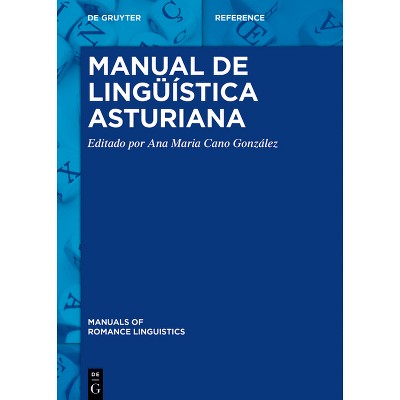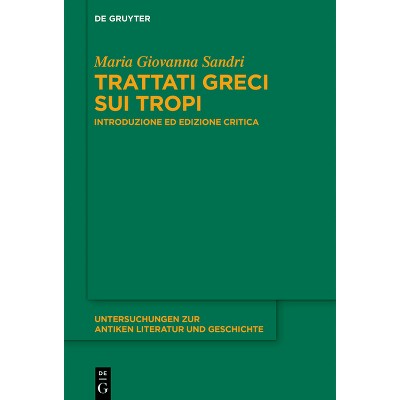Transfusion Medicine and Patient Safety - by Giustina De Silvestro & Arianna Veronesi & Maria Vicarioto (Paperback)

About this item
Highlights
- Blood transfusion is considered a life-saving therapy since ancient times, but, at the same time, a high-risk procedure.
- About the Author: Giustina de Silvestro, Azienda Ospedaliera di Padova, Padua, Italy; Arianna Veronesi, Azienda U.L.S.S. 15 "Alta Padovana", Padua, Italy; Maria Vicarioto, Azienda Ospedaliera di Padova, Padua, Italy.
- 120 Pages
- Medical, Diagnosis
- Series Name: Patient Safety
Description
About the Book
New Series: Patient Safety
Medical errors do not only occur in the laboratory, but pose a direct threat to patient safety. The clinical laboratory is an integral part of care, and the results of analytics are an essential component of informed decision-making for clinicians. Efforts to avoid laboratory errors, especially minimizing pre- and postanalytical errors, are in the responsibility of laboratory professionals.
The new handbook series with the international known editors Oswald Sonntag and Mario Plebani fills a vacancy in the relevant and promising area of patient safety and quality assurance.
Book Synopsis
Blood transfusion is considered a life-saving therapy since ancient times, but, at the same time, a high-risk procedure. Nowadays the common perception is that infection is the greatest risk, even if the blood has never been safer from this point of view. Currently, the residual risk of transfusion must be related mainly to immunological mechanisms underlying to AB0 and minor blood systems, to compatibility of blood transfused and to development of irregular antibodies in transfused patients.
"Transfusion Medicine and Patient Safety" aims to provide the basic of immunohematology to readers and to analyze the transfusional process highlighting the most critical points, thus more exposed to errors.
Screening on blood and blood components for infectious diseases along with the surveillance action on emerging viruses results in the drastic reduction of post-transfusion infection, together with the potential to further increase the level of security from infection through the inactivation of blood components.
The text also describes the major diagnostic systems and organizational models that modern technology provides us with a correct immunohematological diagnosis and an appropriate trasfusional therapy.
About the Author
Giustina de Silvestro, Azienda Ospedaliera di Padova, Padua, Italy; Arianna Veronesi, Azienda U.L.S.S. 15 "Alta Padovana", Padua, Italy; Maria Vicarioto, Azienda Ospedaliera di Padova, Padua, Italy.











